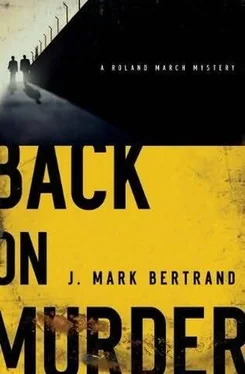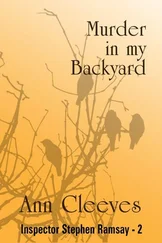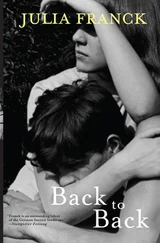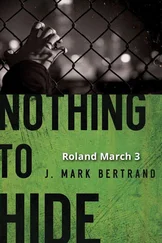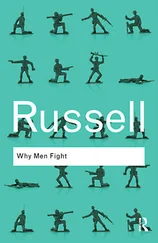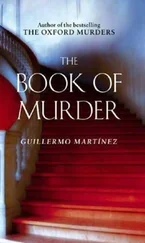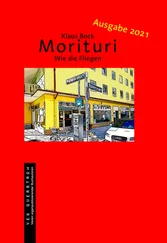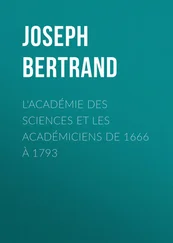“The tape’s a little ghetto,” I say, “but otherwise it looks fine.”
Castro’s little corner of csu is dark, packed with computer screens, lit by arc lamps, littered with a recycler’s dream supply of empty Dr. Pepper cans. The workspace, wiped clean apart from the pile of plastic evidence bags, was created by fitting a tabletop over a shoulder-to-shoulder rank of filing cabinets. He scrounged a desk from somewhere, too, a castoff from the dark days before the current cubicle system was installed.
He fishes a loaded magazine from a separate evidence bag, sliding it over.
“This stuff ’s all been checked for prints already?”
He nods. “It’s cool. Now, does that look right?”
The magazine’s weight feels good in my hand. I press down on the uppermost cartridge with my thumb, testing the spring’s resistance.
“I don’t get what you’re asking,” I say. “If there’s something wrong here, you’re going to have to point it out.”
He takes pistol and magazine back, inserts one into the other, then works the slide.
“Is that really necessary?” Even though the muzzle is safely aimed at the ground, I wince a little. Castro doesn’t inspire gun-handling confidence. He seems just the sort for an accidental discharge. Fortunately, the other technicians seem to give him a wide berth. The only other occupant of this particular room – calling it a lab would only dignify what looks like an oversized storage closet for high-tech equipment – vacated as soon as I showed up.
He drops the magazine and ejects the chambered round. It flips through the air, thumping to rest on the gray carpet.
“Just what you’d expect, right?” he says, setting the weapon down between us. “Now take a look at this.”
The next item on his show-and-tell list is a double magazine carrier, nice tan leather from Milt Sparks, the sort of thing you clip to your belt to keep spare ammunition handy. Thomson seems to have been a man after my own heart, judging from the grips and gun leather, splashing out for the good stuff.
“Nice,” I say. “So what?”
“Look at the magazines.”
With a sigh I withdraw the mags. They look the same as the other one. I thumb down the top round again, letting it spring back. Then the difference registers. The shape of the cartridges. Instead of the long, flat plane of a.40 caliber round, these are bottlenecked at the point where the bullet fits into the brass to accommodate a smaller projectile. I slide a round out, inspecting the bottom.
“These are.357 sig,” I say.
“Exactly. And they’re both the same. Now, the spent brass recovered inside Thomson’s vehicle was.40 caliber, and so are the rounds in the clip we found inside the gun. We dug the bullet out of the door pillar, and it’s.40 caliber, too, and a match for the barrel. So the fatal round was fired through that barrel, from that magazine. Everything is how it should be.”
“Except this.” I tap the.357 sig round against the desk.
“Right. So my question is, why was Thomson carrying one kind of ammo on his belt and another kind in his gun? You can load.357s into the same magazine as a.40, but have you ever tried firing one from a.40 caliber pistol? A little hint: don’t even try it. So either this guy Thomson was monumentally brain dead – I mean, really – or he didn’t pay much attention to detail. Or…”
“Or what?” I ask, though I already know where he’s going.
Castro picks up the gun and fieldstrips it, removing the entire slide assembly, then pulling the barrel out. He holds it up to his eye like a telescope.
“This is the barrel that fired the bullet that killed Detective Thomson,” he says, “but does that mean this is the gun?” He taps the pile of disassembled metal. “Not necessarily. You know what happened when the.357 sig round first came out? A lot of guys believed the hype, so they went out and bought drop-in barrels to convert their.40s into.357s. It’s as simple as fieldstripping the piece and putting a different barrel inside. Like this.” He opens a drawer, removing a silvered drop-in barrel, which he fits into the slide assembly, putting the pistol back together. When he’s done, he racks the slide a few times. “Now, if you stick one of Thomson’s spare mags in, this baby’s good to go. That’s really all it takes.”
He blossoms his hands like a magician, then sits back looking very satisfied. The theory forming in my head goes something like this. Someone in the passenger seat pulls a gun, pressing it against Thomson’s head. Pulling the trigger creates a contact wound, but to make the ballistics look right, the killer has to improvise. And it could only be improvisation. If he’d planned ahead, he might have found a way to cover his tracks better, but in the moment he just has to make do. He’s shot Thomson – now what? So he switches barrels between his own pistol and Thomson’s. Meaning the killer was armed with a sig Sauer P229, as well. One of us, more than likely.
“So let me get this straight,” I say. “You think someone shot Thomson, then fieldstripped both the murder weapon and Thomson’s gun, swapping the barrels and the magazines? Only why would he switch mags?”
Castro shrugs. “Maybe he’s doing it, and he realizes there’s a difference in the bullets. He wouldn’t be able to chamber a.357 round in a.40 caliber barrel, so that might be what tipped him off. He tries it, gets a jam, and has to switch the mags.”
“Then why leave Thomson’s spares behind?”
“He doesn’t see them,” he says. “Detective Thomson’s sitting down. He was wearing the mag carrier behind his left hip, so they’d be on the opposite side.” He pats his left hip. “Plus everything’s happening so fast. The perp messed up, basically.”
“Any prints on the barrel? What about the rounds in the magazine?”
He shakes his head. “There he didn’t mess up. They were wiped clean. Which is strange when you think about it. Those rounds should have prints all over them, right?”
“Mine would.”
I go through the motions in my mind, stripping the guns, changing the barrels, sorting out the ammunition. It’s complicated, but under stress someone familiar both with handguns and forensics could make it happen. And missing the extra magazines would be an easy mistake. The scene would have been dark, he’d be pumping with adrenaline, a dead man on the seat next to him, the rain hammering on the roof. There’s a problem, though.
“Maybe Thomson was absentminded. Maybe he forgot he’d loaded those mags with.357 sig rounds.”
“And he wiped his own prints off the barrel and cartridges?”
“I hear you,” I say. “I think you’re on to something, Castro, but you have to admit it’s thin.”
“Circumstantial, I know. But here’s another piece of circumstantial evidence. The trajectory of the bullet? If Detective Thomson really shot himself, he held the gun at a strange angle – ”
“That’s what Dr. Bridger said.”
“Look at this.”
He produces a plastic-bound report just like the one he gave me on the Morales shooting, flipping to another one of his 3-D reconstructions. This one has two panels. In the first, a crash-test dummy representing Thomson holds a pistol to his head, canting the gun at a forty-five degree angle. A red line from the barrel penetrates his head, continuing up through the roof of the vehicle.
“That’s not right, is it?” he says. “The bullet didn’t go out the roof. It was in the door pillar. But if he was sitting upright, the trajectory would have sent it through the ceiling. So he was leaning toward the door, like this.” He points to the second panel, where the dummy rests his head against the pillar. Now the red line is flat, running side to side, and the head is at an angle. “But why would he do that? It’s a strange way to shoot yourself, isn’t it?”
Читать дальше
